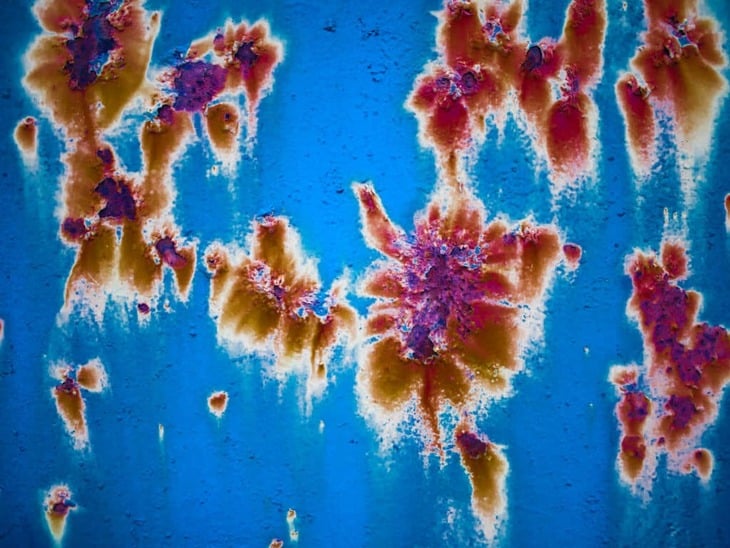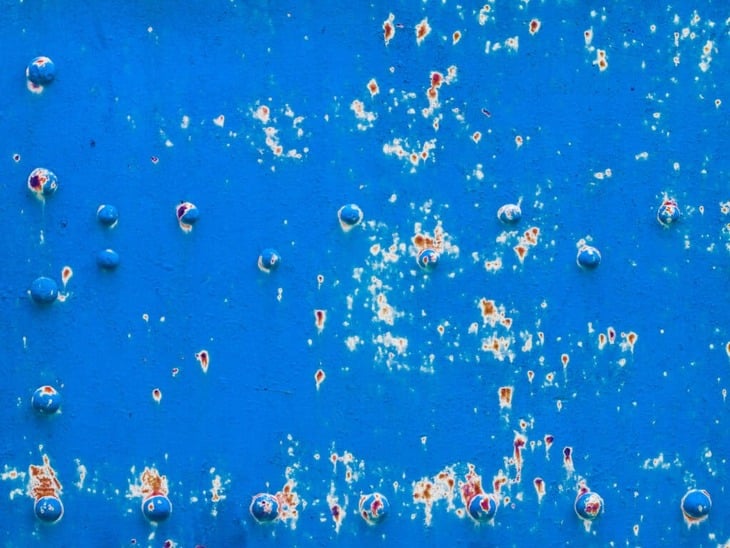How to Avoid & Fix Automotive Paint Cratering
Automotive paint defects can significantly impact the overall finish of a vehicle and often result in additional time and money being spent to fix the issue before returning the vehicle to the customer. One of the most common painting defects faced by professionals in the automotive industry is known as automotive paint cratering. Here, we’ll explain how automotive paint cratering occurs, and the steps you can take to prevent and address it in future painting jobs, to help you save precious time and money.
What is Cratering in Automotive Painting?
As the name would suggest, cratering in automotive painting means that crater-like circular cavities appear in the overall finish of a paint job. These defects – sometimes also referred to as fisheyes – occur most often in the middle paint layers, although they can also appear deeper or closer to the top layers of paint.
Causes of Paint Cratering
This paint defect can appear for a variety of reasons, including paint exposure to contaminants or improper cleaning and preparation methods. Below are just some of the most common causes of paint cratering to look out for.
- Improper surface cleaning and preparation: Dirty cleaning equipment and tools could lead to cratering since the vehicle’s surface may come into contact with various residues and dirt.
- Environmental pollution: The presence of silicones either within the spray booth or left over from cleaning products can cause paint cratering.
- Water/oil in the compressed air: Improper cleaning and maintenance of the compressed air line can cause water, grease or oil contamination which can affect the paintwork application by removing moisture from the different types of paint.
- Lack of spray booth maintenance: The spray booth must be kept free from smoke saturation since things like chamber leaks and dirt in filters can be a contributing factor to the cause of this defect.
How to Prevent Paint Cratering

If possible, it’s always best to try to prevent paintwork defects of any kind since this will save time, resources and money on refinishing jobs. When it comes to automotive paint cratering, here are our suggestions for the best preventative measures you can take.
Use suitable cleaning methods
Using a suitable degreaser or solvent-based cleaning solution is recommended when preparing the parts and tools you’ll be working with. This will eliminate impurities, remove dirt and prevent contaminants from affecting the paint application. The vehicle’s surface, any paint supplies and spray guns should all be thoroughly cleaned and dried before beginning the painting process when trying to avoid cratering.
Maintain the spray booth and air compression line
It can be easy to forget to maintain the air compression line, renew filters and clean ducts, but doing so regularly can help remove contaminants from the environment and reduce the likelihood of cratering. It’s also worth conducting periodic purges of the compressed air to ensure the lines are clear and dirt and dust-free for each paint application.
How to Fix Paint Cratering
Sometimes, even with the most careful application, paint cratering can appear. Fixing it can seem like a daunting process, but there are ways to make it quicker and easier. Firstly, you must wait for the paintwork to dry completely since this will allow you to assess the severity of the cratering.
The closer to the surface the cratering seems to be, the easier it’ll be to fix. In these cases, fine-grit sandpaper should be used to remove the paint layers containing the defect. The area can then undergo a spot paintwork repair by masking off the surrounding bodywork and building up the layers again.
However, for deeper defects, paintwork professionals will need to sand down the surface to a point that is free of cratering. This could mean taking it down to the bare metal if the cratering occurred in the first base coat layer. The surface will then need to be cleaned and dried with a clean cloth and a suitable degreaser before starting the painting process again from the beginning.

Other Common Automotive Paint Defects
As any automotive painting professional will know, cratering isn’t the only paintwork defect to watch out for. Other paintwork problems include metamerism and car body ghosting, which paintwork professionals should take the time to understand so that these can also be avoided.
Metamerism is a defect where a paint colour may appear similar to another colour under specific conditions, such as under daylight, but seem entirely different under a different set of conditions. For instance, two colours that look identical in daylight may appear dissimilar when viewed under an artificial light. This can be avoided with specialist equipment that detects the colour of the paint.
Car body ghosting, on the other hand, is the term used for a stain or marking on a vehicle’s exterior. These marks can be almost invisible on lighter paint colours but are noticeable in different lighting or on darker paints. Ghosting can be easier to remove, although the best way to prevent it is to use good quality masking tapes and films that won’t transfer paint to places that it shouldn’t be.
By following these steps and taking care to properly prepare the surface of the vehicle before applying the paint, it’s possible to prevent paint cratering and achieve a high-quality, professional-looking finish.
At JTAPE, we want to help automotive professionals provide their customers with the best possible finish on each job completed. With our automotive masking range, this has never been easier. Check out our products and find out how they can improve the standard of your work, alongside saving you time and money.


